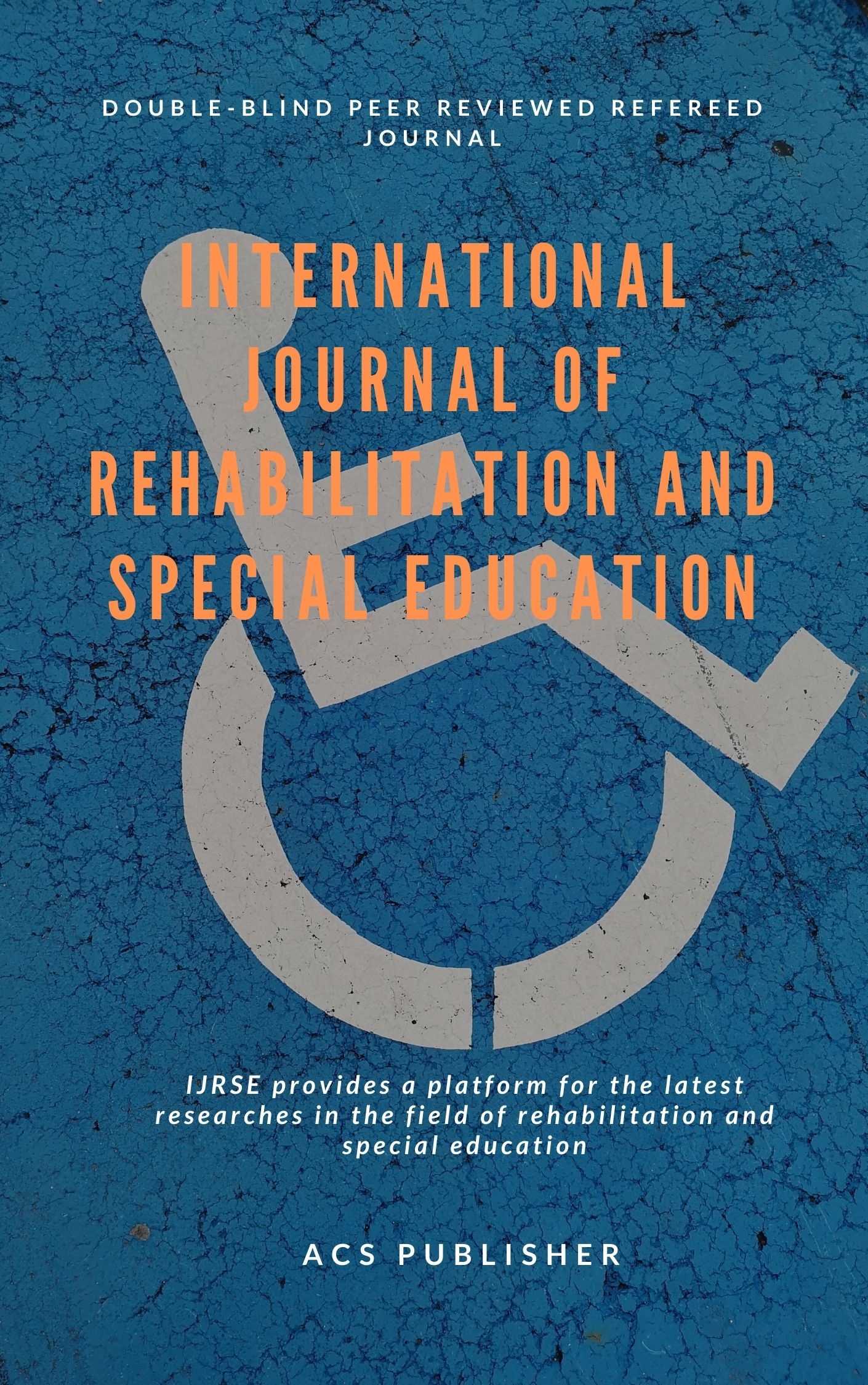Cognitive Biases in Decision-Making: A Psychological Perspective on Business Excellence
DOI:
https://doi.org/10.48165/ijrse.2025.5.2.1Keywords:
Cognitive biases, decision-making, business psychology, leadership, confirmation bias, anchoring bias, loss aversion, behavioral economics, risk assessment, business excellenceAbstract
Cognitive biases significantly influence decision-making in the business world, often leading to irrational choices that impact organizational success. This paper explores the role of cognitive biases in business decision-making and their implications for achieving business excellence. It categorizes key biases, such as confirmation bias, anchoring bias, and loss aversion, and examines their effects on leadership, strategy, and organizational behavior. Additionally, it discusses methods to mitigate these biases through evidence based decision-making and psychological interventions. Understanding and managing cognitive biases can enhance business performance, foster innovation, and drive sustainable success.References
Kahneman, D. (2011). Thinking, Fast and Slow. Farrar, Straus, and Giroux.
Tversky, A., & Kahneman, D. (1974). Judgment under Uncertainty: Heuristics and Biases. Science, 185(4157), 1124-1131. Bazerman, M. H., & Moore, D. A. (2012). Judgment in Managerial Decision Making. Wiley.
Thaler, R. H., & Sunstein, C. R. (2008). Nudge: Improving Decisions About Health, Wealth, and Happiness. Yale University Press. Ariely, D. (2008). Predictably Irrational: The Hidden Forces That Shape Our Decisions. HarperCollins.
Downloads
Published
Issue
Section
License
Copyright (c) 2025 International Journal of Rehabilitation and Special Education (IJRSE)

This work is licensed under a Creative Commons Attribution-NonCommercial-NoDerivatives 4.0 International License.

